In today’s dynamic business environment, staying ahead of the competition requires more than just intuition and experience. It demands a comprehensive understanding of your sales performance, customer preferences, and market trends. This is where sales analytics comes into play. By harnessing the power of data and advanced analytics tools, businesses can gain invaluable insights into their sales processes, identify opportunities for improvement, and make informed decisions that drive growth and success. Let’s learn more about it.
What is Sales Analytics?
Sales analytics encompasses the technology and processes utilized to gather sales data and evaluate sales performance comprehensively. Sales leaders rely on these metrics to establish goals, refine internal processes, and enhance the accuracy of sales and revenue forecasts.
The primary objective of sales analytics is to streamline the available information, providing a clear understanding of your team’s performance, sales trends, and potential opportunities.
Broadly categorized, sales analytics consists of four main areas:
- Descriptive Analytics: This category addresses the question of “What happened?” by tracking historical sales data, including revenue and user metrics, facilitating comparisons and a deeper understanding of current trends.
- Diagnostic Analytics: Focused on “Why did it happen?” diagnostic analytics involves scrutinizing data to pinpoint the precise reasons behind specific occurrences or trends.
- Predictive Analytics: Concerned with “What’s going to happen?” predictive analytics leverages insights from past sales data to identify patterns and trends, enabling informed predictions about future outcomes.
- Prescriptive Analytics: Answering the question of “What’s the best solution or action?” prescriptive analytics evaluates all available data to recommend optimal courses of action or solutions based on the identified trends and patterns.
What are the Benefits of Sales Analytics?
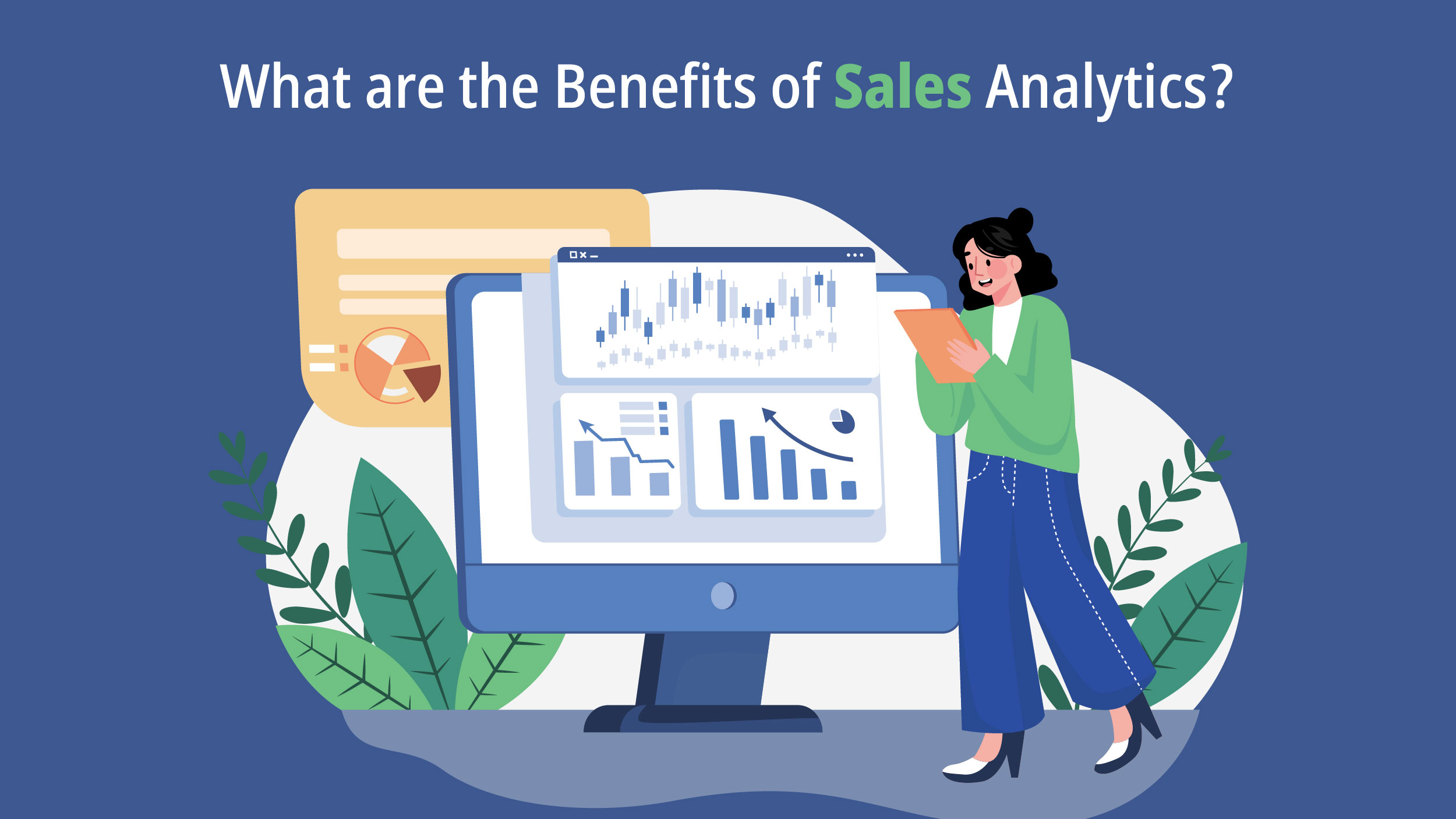 Sales analytics offers businesses a multitude of benefits. It provides valuable insights into sales performance, enabling informed decision-making and identifying areas for improvement. By automating processes and forecasting sales, companies can optimize their sales strategies and allocate resources effectively. Sales analytics also provides actionable insights, guiding marketing campaigns, improving sales strategies, and enhancing customer retention. Ultimately, leveraging sales analytics empowers businesses to make data-driven decisions, optimize processes, and drive growth, gaining a competitive edge in the market.
Sales analytics offers businesses a multitude of benefits. It provides valuable insights into sales performance, enabling informed decision-making and identifying areas for improvement. By automating processes and forecasting sales, companies can optimize their sales strategies and allocate resources effectively. Sales analytics also provides actionable insights, guiding marketing campaigns, improving sales strategies, and enhancing customer retention. Ultimately, leveraging sales analytics empowers businesses to make data-driven decisions, optimize processes, and drive growth, gaining a competitive edge in the market.
8 Important Sales Analytics Metrics to Track
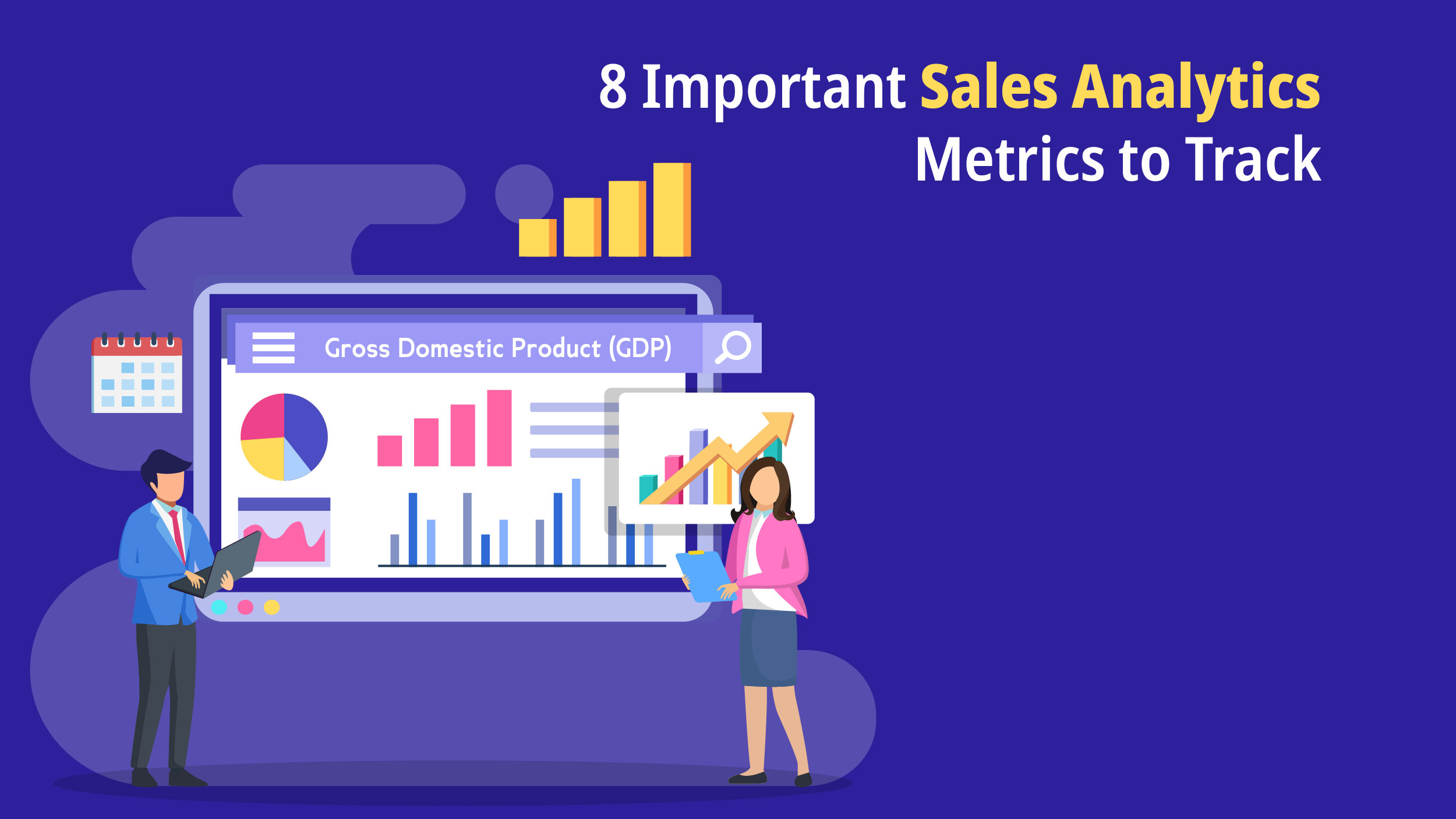 Conversion Rate: This metric measures the percentage of prospects that convert into customers. Tracking the conversion rate helps identify the effectiveness of the sales process. A higher conversion rate indicates a more efficient and successful sales strategy.
Conversion Rate: This metric measures the percentage of prospects that convert into customers. Tracking the conversion rate helps identify the effectiveness of the sales process. A higher conversion rate indicates a more efficient and successful sales strategy.- Total Sales Revenue: This metric provides an overall view of team and project performance. It represents the total revenue generated from sales activities within a specific period. Monitoring total sales revenue helps businesses assess their financial health and measure their success in meeting revenue targets.
- Revenue from New vs. Existing Customers: Segmenting revenue between new and existing customers provides insights into the effectiveness of customer acquisition and retention efforts. Comparing the revenue from these two customer segments helps businesses understand the value and profitability of each group.
- Sales Growth Rate: This metric measures the rate at which sales revenue is increasing over a specific period. Tracking the sales growth rate helps businesses assess their overall performance and identify trends. A higher growth rate indicates a healthy and thriving sales operation.
- Average Deal Size: Calculating the average value of each sales deal helps businesses identify high-value opportunities and optimize pricing strategies. Tracking the average deal size allows sales teams to focus on closing larger deals, increasing revenue per transaction.
- Sales Cycle Length: This metric measures the time it takes for a lead to convert into a customer. Tracking the sales cycle length helps identify bottlenecks and areas for improvement in the sales process. Reducing the sales cycle length leads to faster revenue generation and improved customer satisfaction.
- Customer Acquisition Cost (CAC): This metric calculates the cost of acquiring a new customer. By tracking CAC, businesses can evaluate the effectiveness and efficiency of their sales and marketing efforts. Understanding the cost of acquiring customers helps allocate resources wisely and optimize customer acquisition strategies.
- Customer Lifetime Value (CLV): CLV estimates the total revenue a customer is expected to generate over their lifetime as a customer. Tracking CLV helps prioritize customer retention strategies and identify high-value customers. Increasing CLV through upselling, cross-selling, and customer loyalty programs can significantly impact long-term revenue.
Also Read: Customer Data Analytics: What It is and How to Use It For Business Growth?
Which Sales Analytics Software Suits Your Business Best?
There are numerous analytics software available on the market, some of them include:
HubSpot Sales Hub
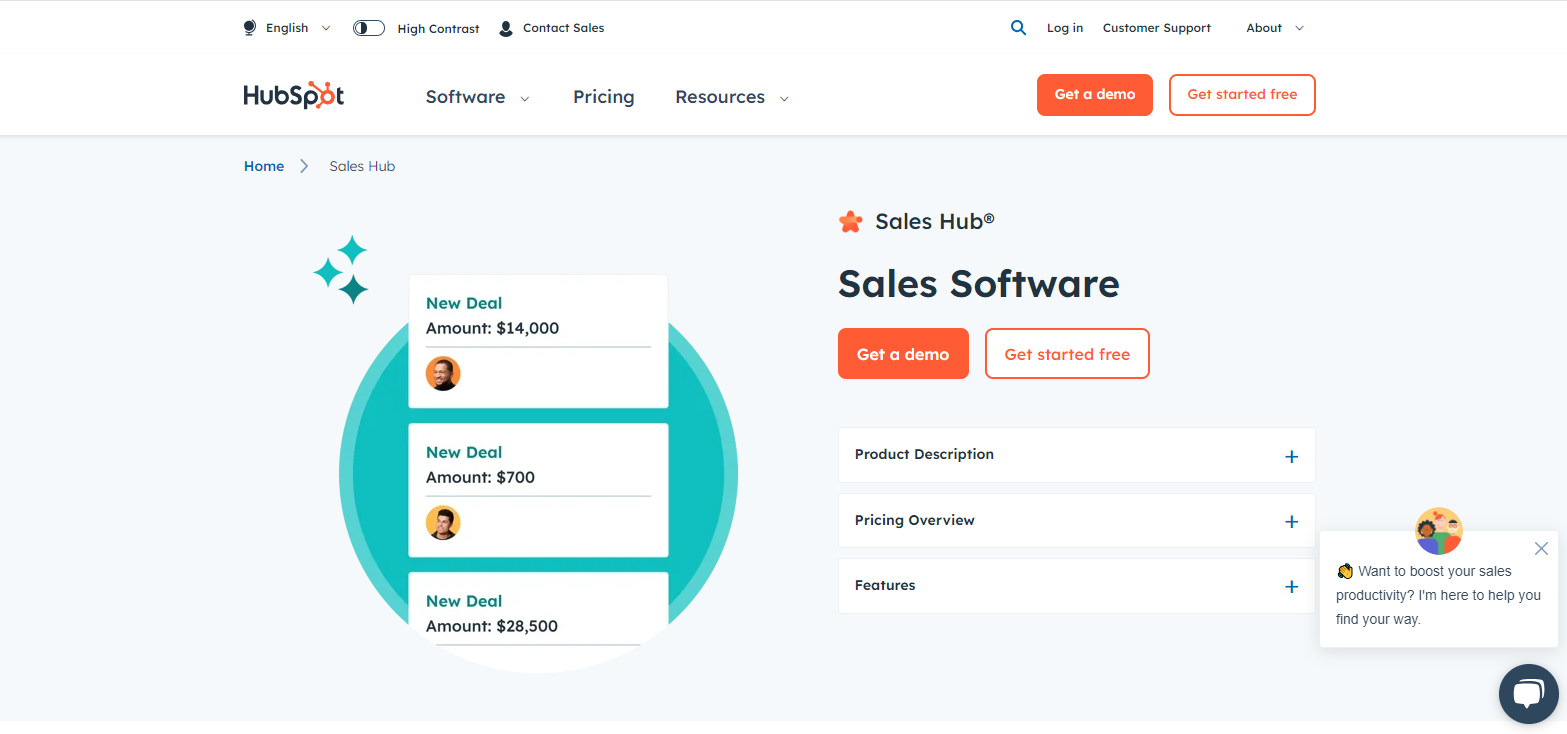 What it offers: Robust suite of sales analytics resources including deal forecasts, performance reports, and productivity logs.
What it offers: Robust suite of sales analytics resources including deal forecasts, performance reports, and productivity logs.- Why it stands out: User-friendly interface with customizable dashboards for collaborative team use.
- Pricing: Free option available, with plans starting from $45 per month.
Power BI
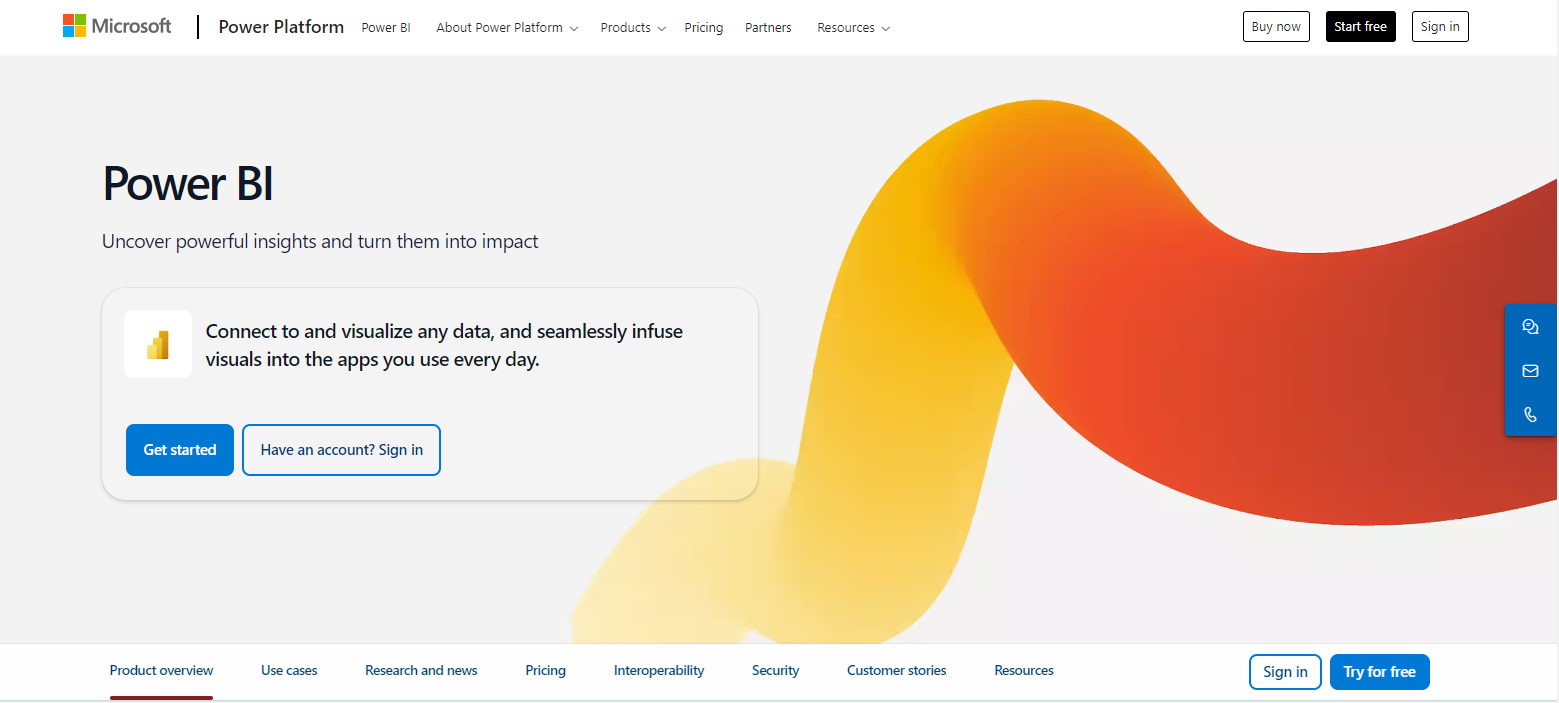 What it offers: Comprehensive analytics solution with scalable data visualization resources.
What it offers: Comprehensive analytics solution with scalable data visualization resources.- Why it stands out: Extensive data visualization methods, AI capabilities, and Excel integration backed by robust security.
- Pricing: “Power BI Pro” plan starts at $9.99 per user, while “Power BI Premium” for enterprise use begins at $4,995 per month.
MaxG
- What it offers: B2B sales and recommendation engine offering intelligent performance insights.
- Why it stands out: AI-driven actionable suggestions and industry benchmarking feature for data comparison.
- Pricing: Free industry benchmarking tool, with plans starting at $49 per month and an enterprise option at $499/month.
Zoho Analytics
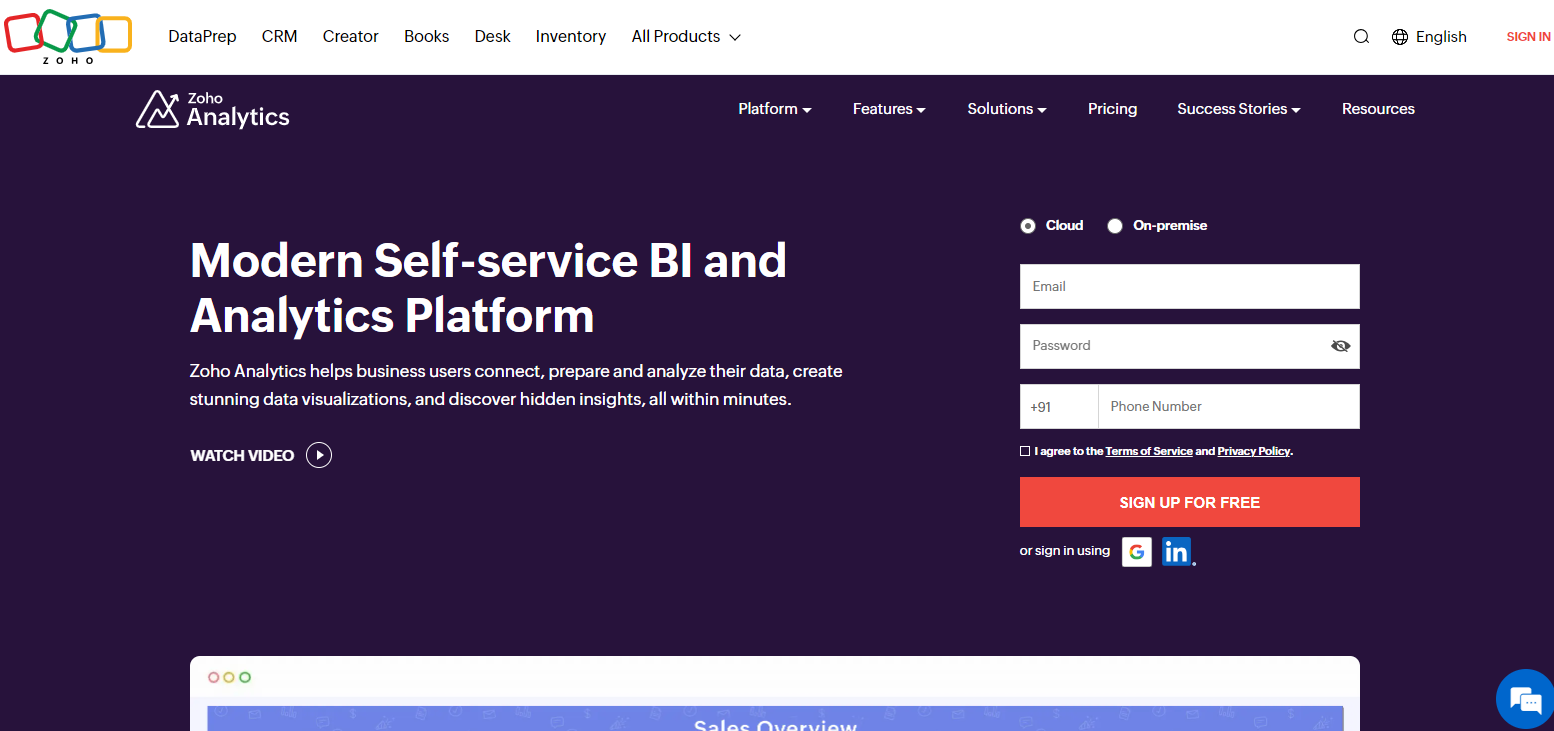 What it offers: Self-service business intelligence and data analytics software with extensive integrative capabilities.
What it offers: Self-service business intelligence and data analytics software with extensive integrative capabilities.- Why it stands out: Versatile platform blending data from various sources into actionable reports with attractive visualization.
- Pricing: Plans starting from $24 per month, accommodating businesses of any size with comprehensive features.
Finding the ideal sales analytics software depends on your current resources, sales scale, and specific metrics objectives.
Key Takeaway
After diving deep into various sales analytics tools and leveraging their capabilities, it’s evident that sales analytics is not just a necessity but a game-changer in today’s competitive business landscape. These tools offer unparalleled insights into sales performance, customer behavior, and market trends, empowering businesses to make data-driven decisions and achieve sustainable growth. With the right analytics software in place, businesses can unlock their full potential, optimize their sales processes, and stay ahead of the curve in an ever-evolving market.

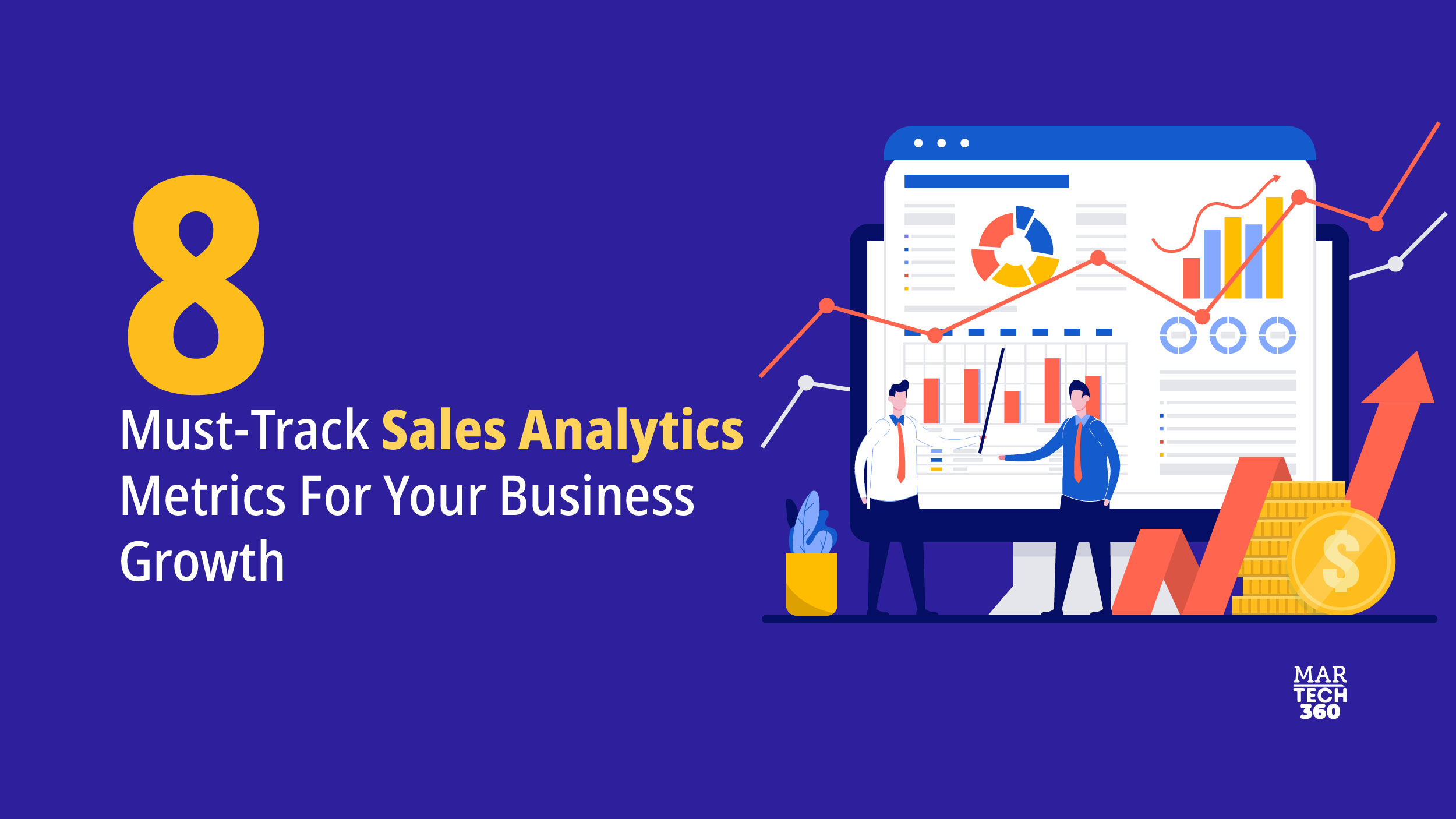
Comments are closed.